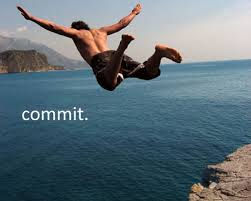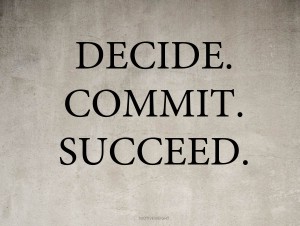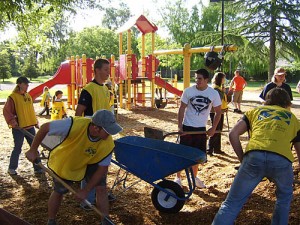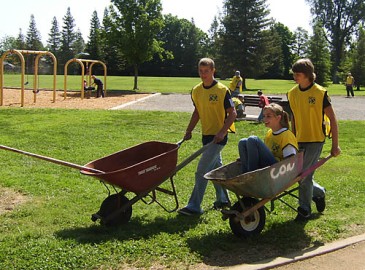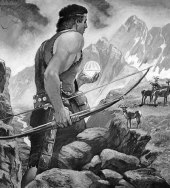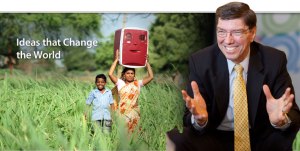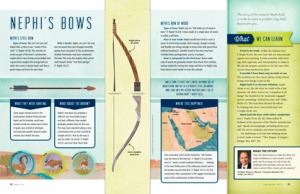Matt Brown is a wrestler. And he’s a man of commitments. Penn State’s Mike Bacior explains. Let’s look closer:
Commitment is (a) a promise to do or give something, (b) a promise to be loyal to someone or something, and (c) an engagement or obligation that restricts freedom of action.
Let’s take these in reverse order.
- Restricts your freedom of action:
Once I commit to go to a certain medical school, I also limit my options. While in school, my schedule may not be my own. I can’t poke or prod people in fun anymore. I am no longer free to walk by an injured person on the street without taking action. “The relationship between commitment and doubt is by no means an antagonistic one. Commitment is healthiest when it is not without doubt, but in spite of doubt.”—Rollo May, The Courage to Create, Page 21.
.  A promise to be loyal:
A promise to be loyal:
Once I commit to think for myself, I also have to take responsibility for mistaken thoughts. But through making these mistakes, I learn to have my own voice, to be loyal to myself. The mistakes are not nearly as vital as having thoughts of my own. “It’s not so important that you have correct thoughts as that you have thoughts!”—Arthur Henry King (see also his reading list).
.- A promise to give:
Once I commit to give my hand in marriage, I also promise to do many things. And I promise not to do many things. Many of which have much to do with (1) and (2) above. “Love means to commit oneself without guarantee, to give oneself completely in the hope that our love will produce love in the loved person. Love is an act of faith, and whoever is of little faith is also of little love.”—Erich Fromm
Matt Brown is a man who commits. He loves winning. He loves wrestling. He loves his faith. He loves his wife.
I have learned to practice the three lessons above. I think for myself. Rather than embrace my fear of commitment, I commit and embrace the accompanying restrictions on my freedom of action.
One thing I love about my six adult children is that they have learned these same lessons. Wrestling helped. Or maybe they learned it from rugby, football, or lifeguarding. Maybe they do it because they saw that their mom and I commit. Regardless, they apply these same lessons every day. They are committed to their families, to their faith, to themselves, to becoming their best self. And like Matt, they have found that by giving of themselves, they find themselves. Each day, they put away their fear and choose to commit.
Some people try to get you to fear commitment. Many know the blessings of commitment. Matt Brown is one of many who know.
——– End of Post ——–
Bonus Materials:
Julie Beck describes women who know to commit and who lead others to commit. Read, watch or listen. Julie B. Beck, “Mothers Who Know”, Oct 2007 LDS General Conference.
Matt Brown on making choices to use time wisely.
——– End of Bonus Materials ——–
WebCredits—List of web resources used in this post but not explicitly credited above:
- Header photo, “Faruk Şahin (US Army) Throws Mark Rial (Gator Wrestling Club) at USA Wrestling World Team Trials, 31 May 2009”—www. armymwr.com/news/archive/news.aspx?nid=116
- Photo, “Faith, Discipline, Excellence: The Extraordinary Matt Brown”—onwardstate.com/2015/03/06/faith-discipline-excellence-the-extraordinary-matt-brown
- Photo, commit-to-give-hands-up—owelpapel.wordpress.com
- Photo, commit-man-diving-off-cliff— livebold.org/the-ultimate-life-experience
- Photo, “Matt Brown, Committing Yet Again”— pennlive.com/sports/index.ssf/2015/03/ncaa_finals_breakdown_penn_sta.html
- Photo, “Decide. Commit. Succeed.”— bringingbackawesome.com/commit-to-you/#sthash.VrGzM2PO.dpbs
——– End of WebCredits ——–


